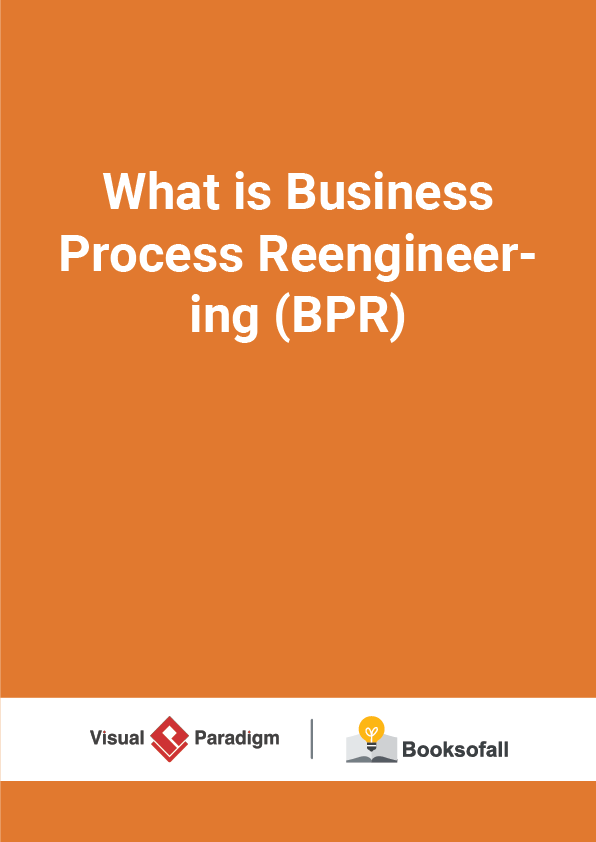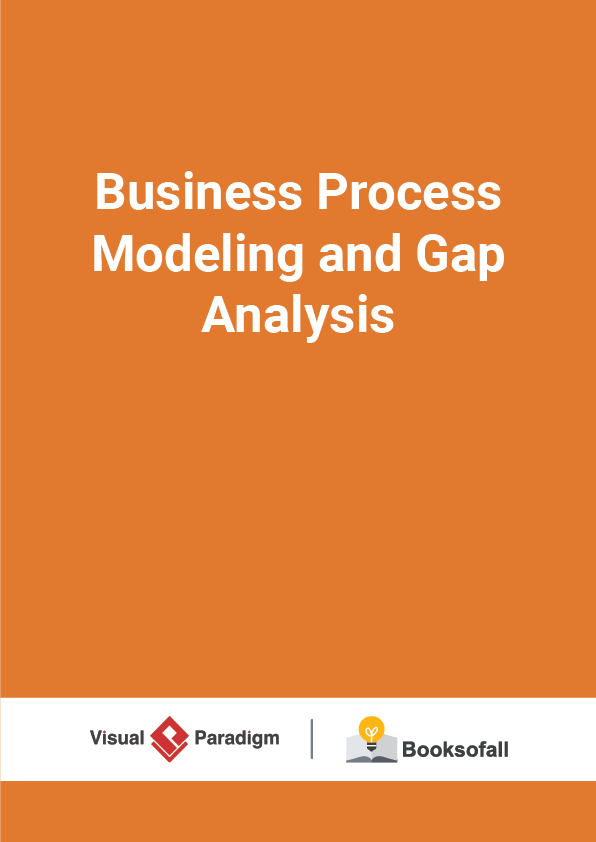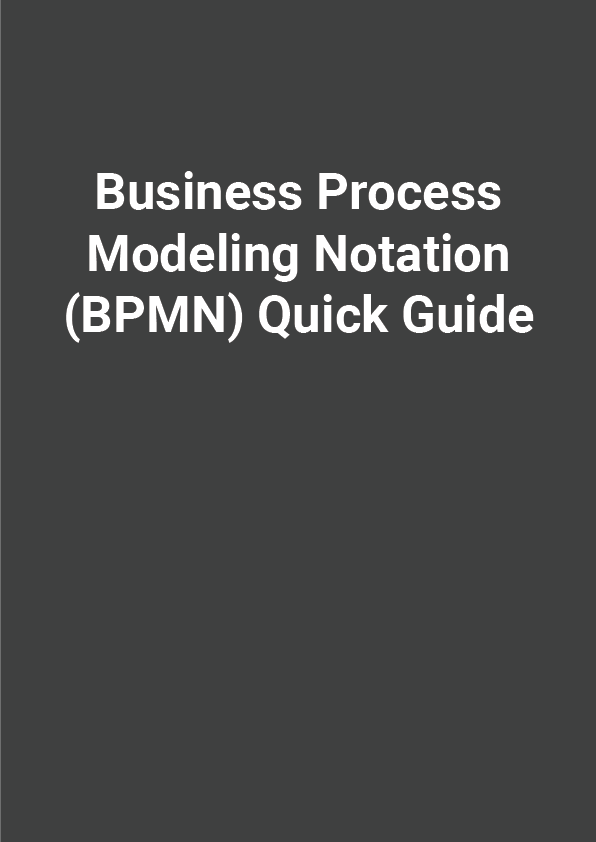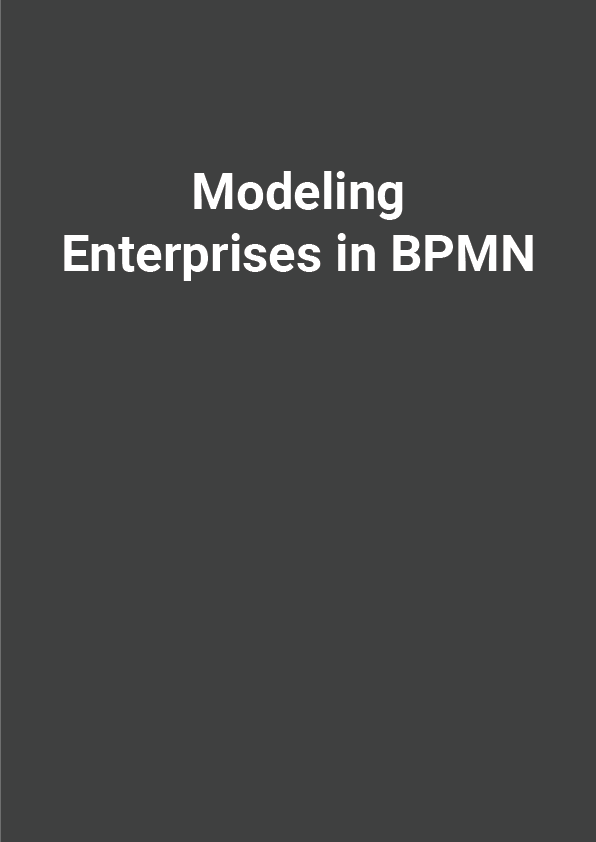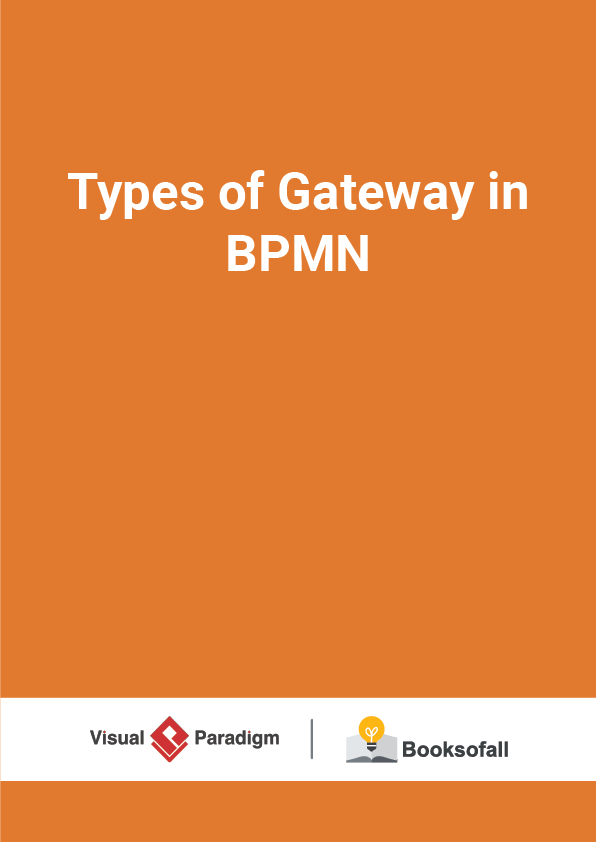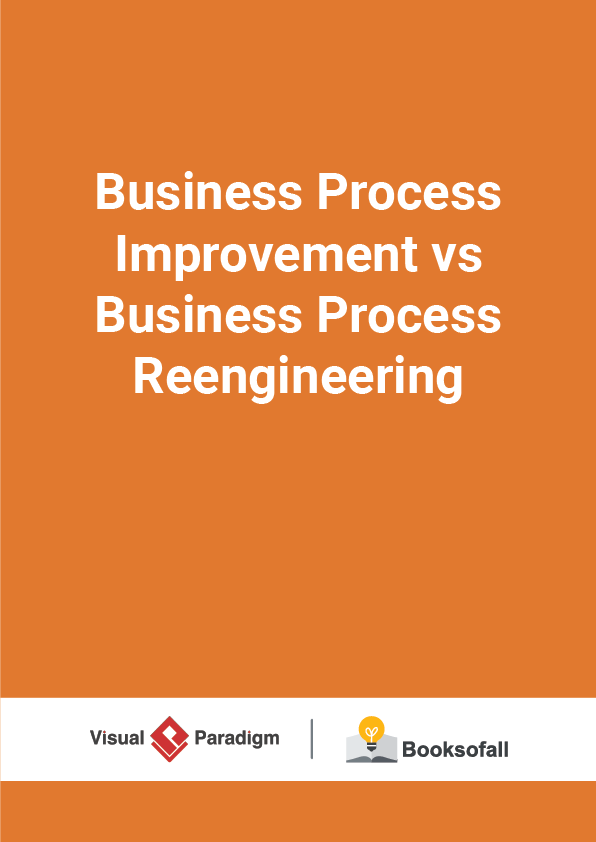What is DMN?
Decision Modeling and Notation (DMN) is a formal approach to decision making and mapping through formal business processes.
DMN is used across the enterprise business to ensure consistent and repeatable decision making and modeling. This approach has been adopted by the Business Analysis Body of Knowledge Guide (BABOK Guide), a collection of highly regarded standard business analysis practices.
In the DMN, diagrams are used to document the decision making process. The roles played by individuals and departments are documented, and the process itself is guided by the DMN’s formal rules. Symbols are expressed in a simplified language, the Friendly Enough Expression Language (FEEL), which maintains clarity and supports automated decision making.
A common mapping of formalized rules, language, methods and decision processes helps ensure thorough analysis of requirements and decision challenges while enabling clear communication across departments and organizations. The DMN is complementary to the use of Business Modeling and Process Notation (BPMN). These two methodologies are used at different stages, keeping decisions out of the business process. This separation keeps the process flowing smoothly and eliminates potential complexity.
DMN is an outgrowth of the Object Management Group (OMG), a non-profit consortium of technical standards. The group includes vendors, individuals, and academic and government organizations. DMN was founded in 1989 and is headquartered in Needham, Massachusetts.
Why DMN?
Decision Model and Notation (DMN) is an industry standard for modeling and executing decisions that are determined by business rules.
DMN has been published in 2015 and is currently seeing a very quick adoption. These are the reasons:
Standard
DMN is not owned by a certain enterprise but by an institution (OMG (http://www.omg.org)), which is already established through other world-wide standards, e.g., BPMN and UML. The DMN standard is supported by several software products; you are less dependent on any particular vendor’s products.
Direct Execution
In DMN, decisions can be modeled and executed using the same language. Business analysts can model the rules that lead to a decision in easy to read tables, and those tables can be executed directly by a decision engine (like Camunda). This minimizes the risk of misunderstandings between business analysts and developers, and it even allows rapid changes in production.
Experience
DMN as a standard is young, but it was developed by people having decades of experience with business rule management. Even though, the standard does not dictate any special implementation patterns, allowing for more modern and lightweight implementations than traditional business rule engines.
This tutorial provides a quick introduction into DMN, as it is defined in version 1.1.




